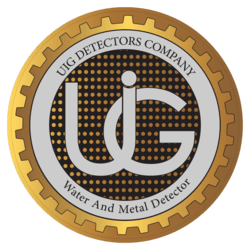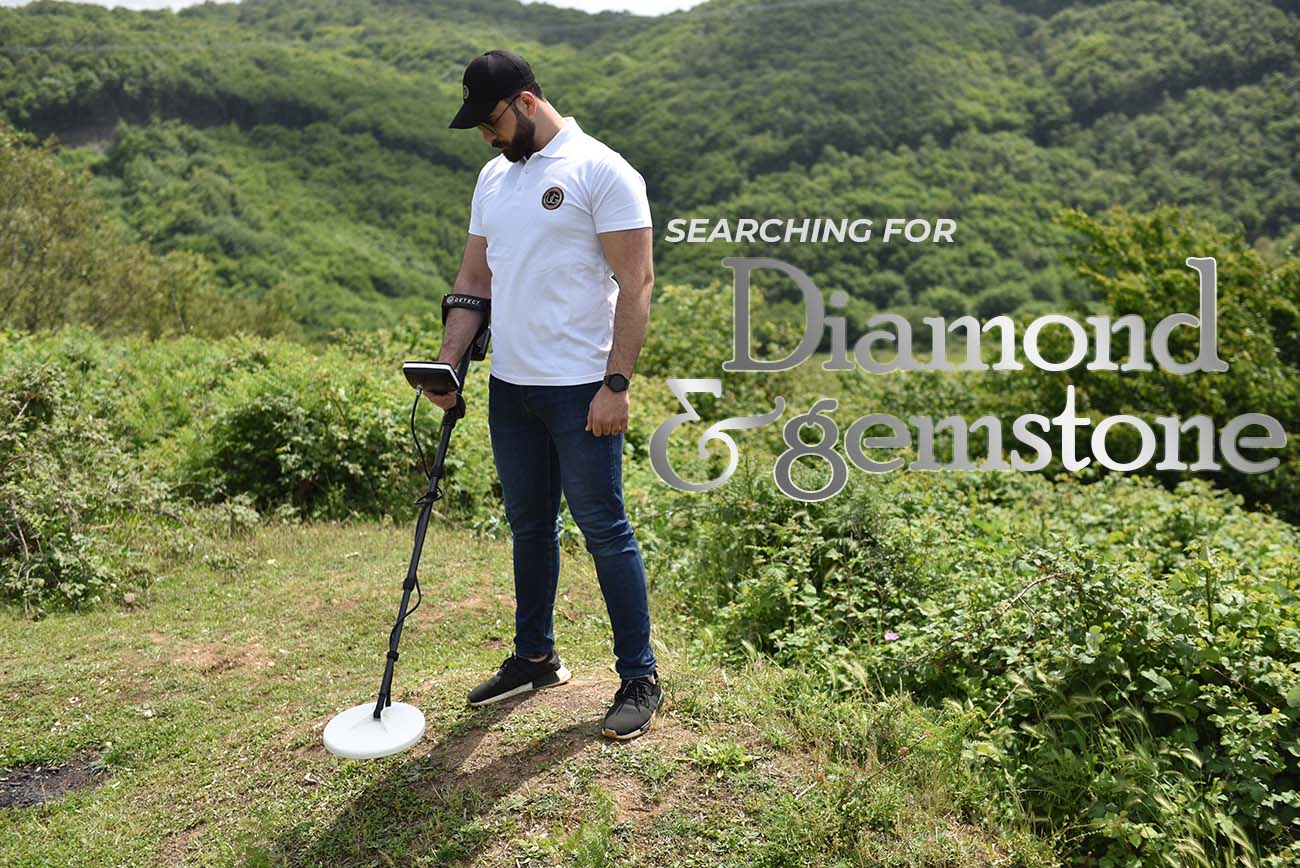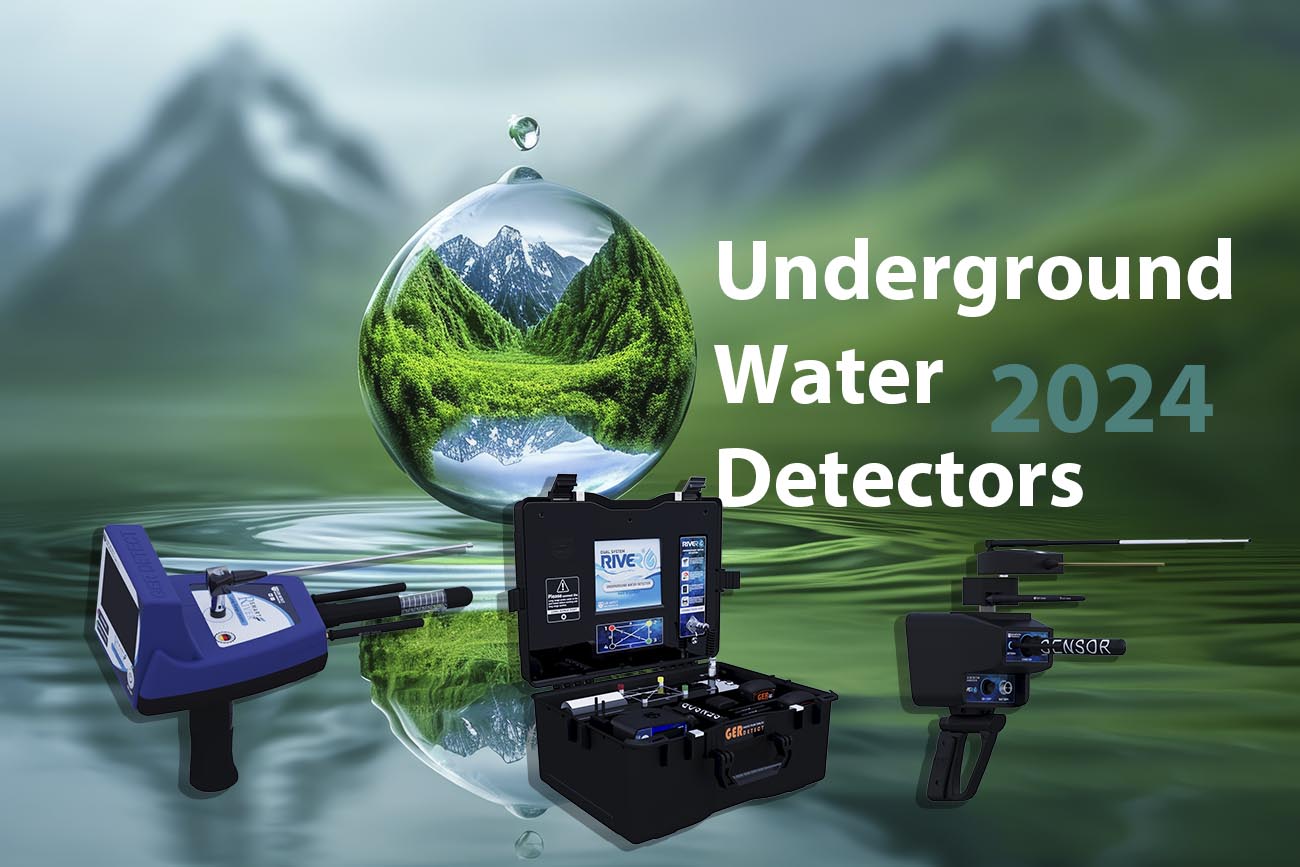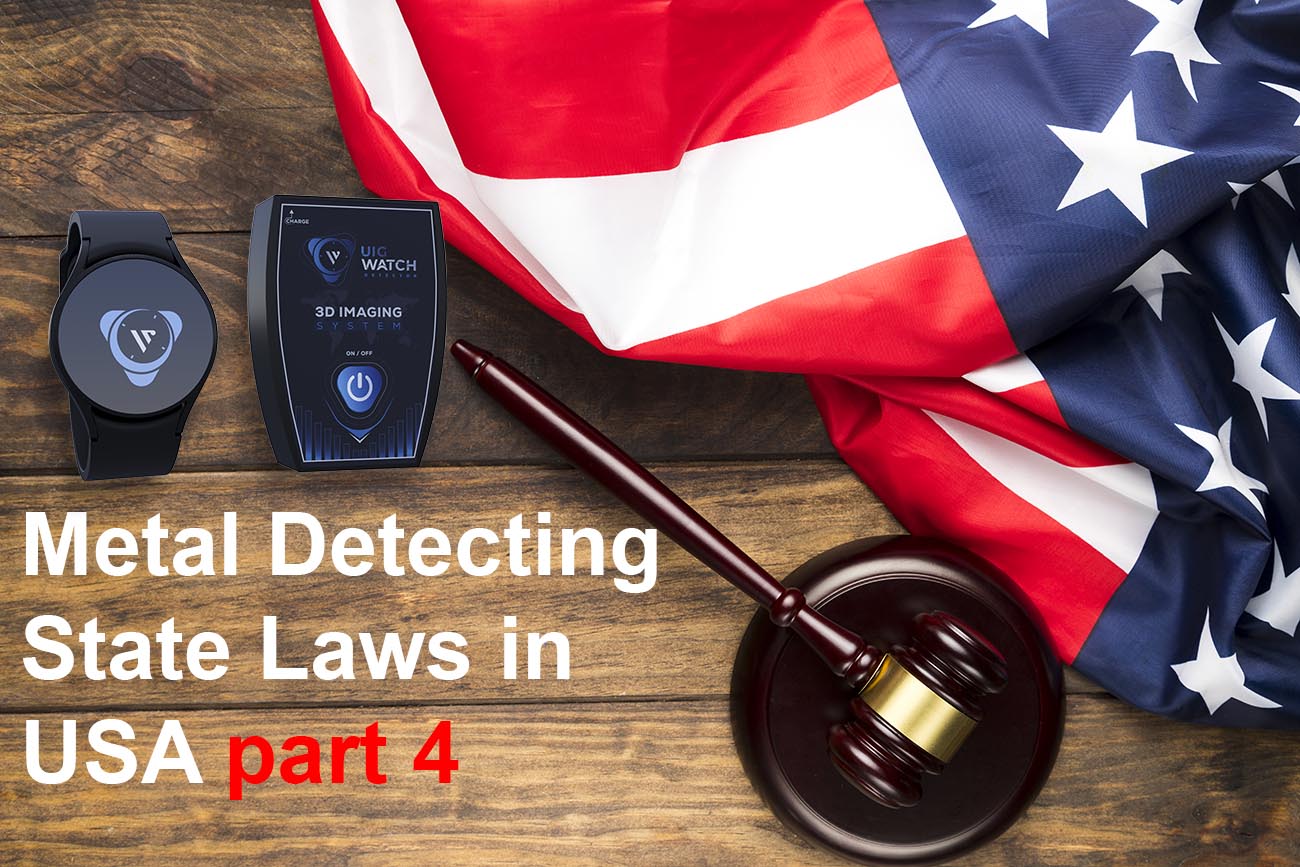Table of Contents
Search for Diamond and gemstone 2024
Where to search for Diamonds and Gemstone
Search for diamonds in nature:
Diamonds aren’t just for jewelry stores! Look for volcanic areas with erosion (think rivers near volcanoes). These spots might hold loose diamonds, broken free from their rocky homes. Using a diamond detector specialized machine it can help find other valuable minerals, hinting at hidden diamond deposits. Remember, rough diamonds are subtle. Patience and a sharp eye are key!
Search for diamonds deep mantle rocks
Deep mantle rocks brought to the surface by geological forces can be treasure troves! These rocks often carry gems that were trapped deep underground.
Just like searching for diamonds near volcanoes, look for streams or rivers around these areas. The water might have carried away loose gemstones, waiting to be discovered.
So, when you encounter deep mantle rocks, grab your detector and keep an eye out for hidden gems!
Find diamonds in high traffic areas
Look for lost rings closer to home. Scenic spots, parks, concerts, sporting events – anywhere people gather outdoors is a potential treasure trove. Imagine finding a beautiful sapphire ring someone accidentally dropped at a romantic picnic spot!
Think diamond detector success story: You might not unearth a fortune, but reuniting a lost ring with its owner is a heartwarming reward.
Search for diamonds on the Beaches
While diamonds might be a long shot, beaches can be surprisingly fruitful hunting grounds for lost treasures. Think sparkling earrings lost during a beach volleyball game, or a delicate necklace slipping off a sunbather’s towel. The sand acts as a natural collector, hiding a surprising array of lost jewelry and valuables. So, grab your diamond detector and hit the beach
you never know what hidden gems (or lost rings!) you might uncover!
hay!! how about some detectors that will help you find the nearest diamond to you click here

Is Your Diamond Real? Here’s How to Tell
Diamonds are timeless symbols of love, commitment, and luxury. But with so many simulants on the market, how can you be sure yours is the real deal? Fear not, treasure hunter! This guide will equip you with the knowledge to confidently assess your diamond’s authenticity.
The Science of Sparkle: Luster and Reflection
A diamond’s brilliance is a dead giveaway of its realness. Look for exceptional light play and a rainbow sparkle effect when held under a light source. Real diamonds boast exceptional luster, meaning light reflects sharply off their surface, creating a clear reflection when held against a mirror. Conversely, fakes often exhibit a dull or cloudy appearance.
Color Grading: Understanding the Diamond Spectrum
Diamonds come in a vast array of colors, but colorless diamonds (graded D-F) are the most coveted and expensive. While fancy colored diamonds like canary yellow hold their own charm, they are graded on a different scale. When evaluating color, remember that whiter diamonds are generally more valuable.
Weight Matters: Density Test
Diamonds are nature’s densest gems, composed almost entirely of carbon atoms tightly packed together. This translates to significant weight for their size. If you have a diamond tester scale at home, you can perform a simple density test to gauge authenticity. A heavier stone is more likely to be a real diamond.
Home Test For diamond
Here are two easy tests you can conduct at home:
- Fog Test: Briefly breathe on your diamond. A real diamond, with high thermal conductivity, will dissipate the fog almost instantly. Fakes, on the other hand, may fog up for a longer duration.
- Thermal Conductivity Test: Place a small drop of water on your diamond. If it beads up and rolls off quickly, it might be a real diamond due to its high thermal conductivity. However, a slower-moving or spreading droplet could indicate a fake stone.

Seeking Professional Help: Diamond Testers and Lab Certification
For more reliable results, consider using a diamond tester, a portable device that measures thermal conductivity. These are readily available online or at some jewelry stores.
For ultimate peace of mind, especially with larger diamonds (above 0.5 carats), invest in professional lab certification. Renowned institutions like the Gemological Institute of America (GIA) provide a detailed report on your diamond’s cut, clarity, color, and carat weight, guaranteeing its authenticity and value.
Remember: While these methods offer valuable insights, some simulants may mimic real diamond properties. If you’re unsure, it’s always best to consult a professional jeweler or gemologist for a definitive assessment.
UIG detectors is here to assist you in finding your next Gold treasure and choosing the fit gold detector for you.
Register today to receive a free consultation, and our specialist will help you find your next gold detector.
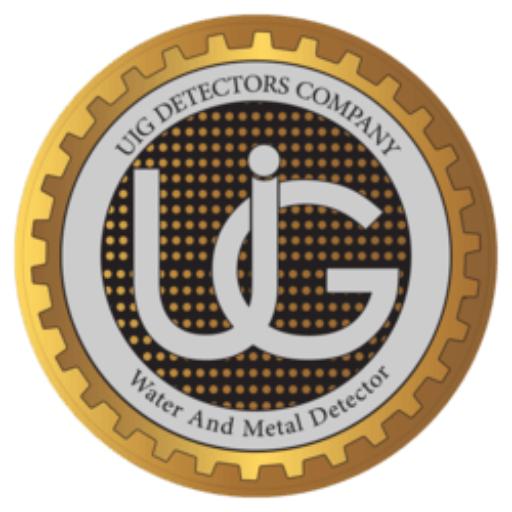
Some related links
FAQ
How to detect diamonds underground?
Diamond detectors, are specialized instruments designed to detect the presence of diamonds in various geological settings. These detectors employ specific technologies and features to identify the unique electromagnetic properties and characteristics of diamonds.
What is a diamond detector?
A diamond tester is a portable, pocket-sized machine that has a small, needle-like tip that is placed on the stone to test it. It can accurately indicate if the stone is a real diamond based on the gem’s physical properties. If the diamond is authentic, the device indicates that on its display or with a sound
How can I find diamonds in the ground?
Most visitors like to dig in the soil and screen for diamonds. This usually involves searching through the first six inches to one foot of soil. Visitors can turn the soil over with a small hand tool while looking in the loose soil. Some visitors like to use a screen to sift the soil.

